Cosmetic Industry Growth
The Bovine Gelatin Market is also benefiting from the expanding cosmetic sector, where gelatin is utilized for its film-forming and emulsifying properties. As consumers increasingly gravitate towards products that offer both efficacy and safety, the demand for natural ingredients in cosmetics is on the rise. Bovine gelatin is often incorporated into skincare and haircare products, enhancing texture and performance. Market analysis indicates that the cosmetic segment is expected to grow at a steady pace, driven by the rising awareness of personal care and beauty products. This trend underscores the versatility of bovine gelatin, further solidifying its position within the Bovine Gelatin Market.
Pharmaceutical Applications
The Bovine Gelatin Market is significantly influenced by its extensive use in the pharmaceutical sector. Gelatin serves as a crucial component in the production of capsules, tablets, and other drug delivery systems. The increasing prevalence of chronic diseases and the subsequent rise in pharmaceutical formulations contribute to the growing demand for bovine gelatin. Recent statistics suggest that the pharmaceutical segment is projected to witness a compound annual growth rate (CAGR) of over 5% in the coming years. This growth is attributed to the ongoing innovations in drug formulations and the need for effective delivery mechanisms, which positions the Bovine Gelatin Market as a key player in the healthcare landscape.
Rising Demand in Food Industry
The Bovine Gelatin Market experiences a notable surge in demand from the food sector, primarily due to its versatile applications in various food products. Gelatin is widely utilized as a gelling agent, stabilizer, and thickener in confectionery, dairy, and meat products. The increasing consumer preference for high-quality, natural ingredients in food formulations drives manufacturers to incorporate bovine gelatin into their offerings. According to recent data, the food segment accounts for a substantial share of the overall gelatin market, indicating a robust growth trajectory. This trend is likely to continue as more food manufacturers seek to enhance product texture and mouthfeel, thereby propelling the Bovine Gelatin Market forward.
Nutraceuticals and Dietary Supplements
The Bovine Gelatin Market is witnessing a growing interest in nutraceuticals and dietary supplements, where gelatin is valued for its health benefits. As consumers become more health-conscious, the demand for products that support joint health, skin elasticity, and overall wellness is increasing. Bovine gelatin is often used in the formulation of collagen supplements, which are gaining popularity among various demographics. Recent market data suggests that the nutraceutical segment is poised for significant growth, with an increasing number of consumers seeking natural sources of nutrition. This trend is likely to enhance the visibility and demand for bovine gelatin within the Bovine Gelatin Market.
Regulatory Support and Quality Standards
The Bovine Gelatin Market is positively impacted by stringent regulatory frameworks and quality standards that govern the production and use of gelatin. Regulatory bodies ensure that bovine gelatin meets safety and quality requirements, which enhances consumer trust and market stability. Compliance with these regulations often leads to improved product quality and innovation, as manufacturers strive to meet the evolving demands of consumers. The presence of established quality standards is likely to foster growth in the Bovine Gelatin Market, as it encourages manufacturers to invest in research and development, ultimately leading to the introduction of new and improved gelatin products.


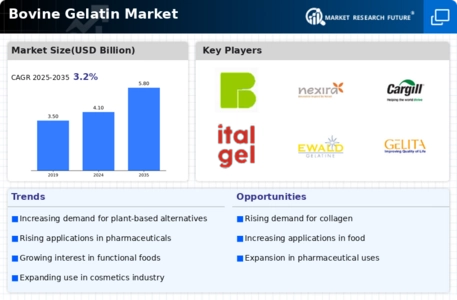
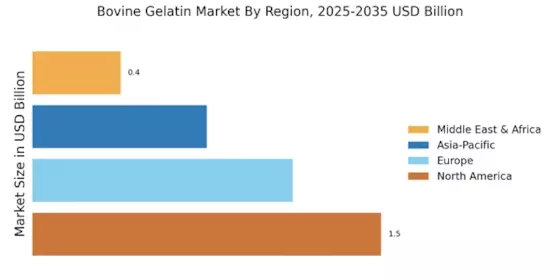
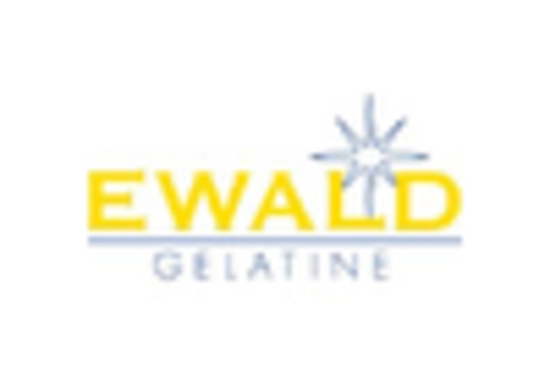
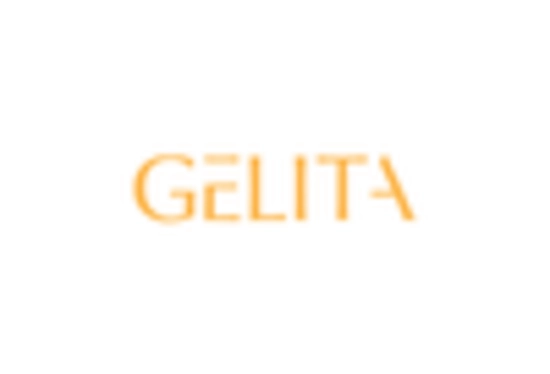
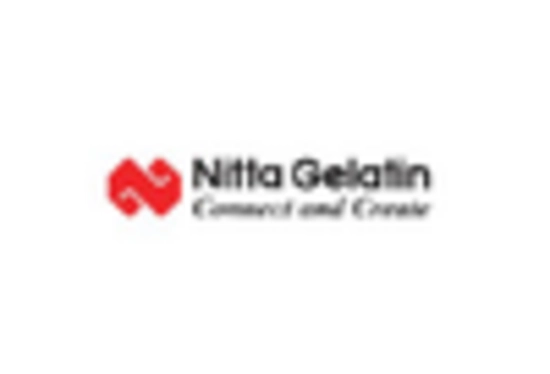
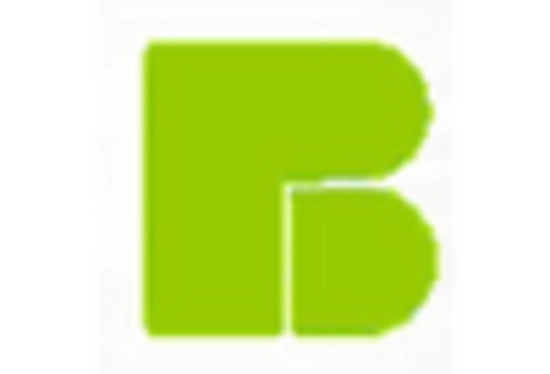
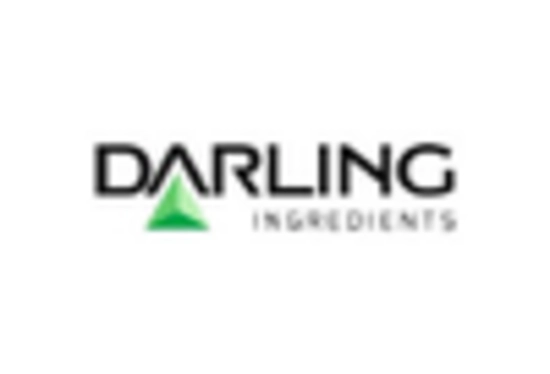
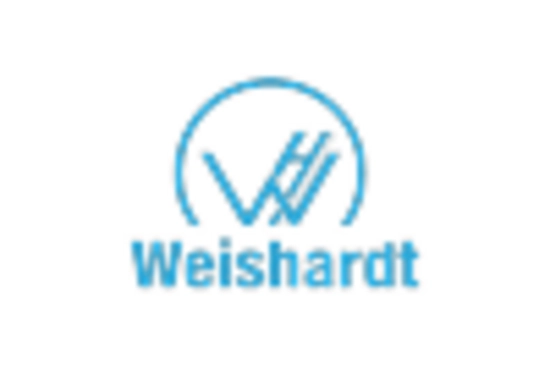








Leave a Comment